Decoding Your New Honda Warranty: Bumper-to-Bumper vs. Powertrain
Congratulations on your new Honda! Whether it’s a sleek Civic, a versatile CR-V, or a family-friendly Pilot, you’ve made a fantastic choice known for reliability and engineering excellence. But beyond the joy of a new car smell and smooth rides, there’s an important layer of protection that often gets overlooked or misunderstood: your Honda warranty. Navigating the terms 'bumper-to-bumper' and 'powertrain' can feel like deciphering a secret code, but understanding these crucial coverages is essential for peace of mind and could save you significant money down the road. Let’s break down what each warranty type means for your Honda.Why Understanding Your Honda Warranty Matters
Imagine a scenario: a dashboard warning light flickers on, or you hear an unusual sound. Your first thought might be, 'Is this going to cost me a fortune?' This is precisely where your Honda warranty steps in. Knowing what's covered, for how long, and under what conditions can transform a stressful situation into a manageable one. It’s not just about repairs; it's about safeguarding your investment and ensuring your Honda remains in top condition without unexpected financial burdens. A well-informed owner is a confident owner, ready to tackle any potential hiccup with their Honda’s coverage.The Granddaddy: Honda's Bumper-to-Bumper (New Vehicle Limited) Warranty
When people talk about a 'bumper-to-bumper' warranty, they're generally referring to the manufacturer's New Vehicle Limited Warranty. For most new Honda models, this comprehensive coverage typically lasts for 3 years or 36,000 miles, whichever comes first. This warranty is designed to cover the vast majority of your vehicle's components against defects in material and workmanship. Think of it as almost everything from the front bumper to the rear bumper, excluding specific wear-and-tear items or parts that are part of regular maintenance.
What does 'almost everything' include? We're talking about electrical components, air conditioning, infotainment systems, sensors, suspension components, steering systems, brakes (excluding pads/rotors as wear items), and much more. If something goes wrong due to a manufacturing defect within this period, Honda will repair or replace it at no cost to you. However, it's crucial to remember that this warranty doesn't cover routine maintenance (like oil changes, tire rotations), cosmetic damage, abuse, accidents, or aftermarket modifications that cause issues. Always refer to your specific warranty booklet for a precise list of inclusions and exclusions.The Heart of the Matter: Honda's Powertrain Warranty
While the bumper-to-bumper warranty covers a wide array of parts, the powertrain warranty zeroes in on the most fundamental and expensive components of your vehicle. For most new Honda vehicles, the powertrain warranty extends beyond the bumper-to-bumper coverage, typically offering protection for 5 years or 60,000 miles, whichever comes first. This warranty focuses on the parts that make your Honda move.
So, what exactly does the powertrain warranty cover? It primarily includes the engine, transmission, and drive system. For the engine, this means internal components like the cylinder block, cylinder head, all internal lubricated parts, timing gears, water pump, and fuel pump. For the transmission, it covers the transmission case and all internal parts, torque converter, and transaxle. The drive system includes the drive shafts, axles, final drive housing, and all internal parts. These are the core mechanical systems that are vital for your vehicle's operation, and their repair or replacement can be exceptionally costly, making this warranty incredibly valuable for long-term peace of mind.Key Differences at a Glance: Bumper-to-Bumper vs. Powertrain
The main distinction between these two types of Honda warranties lies in their scope and duration. The New Vehicle Limited (Bumper-to-Bumper) Warranty is like a broad umbrella, covering most non-wear-and-tear components for a shorter period (e.g., 3 years/36,000 miles). It addresses a vast range of potential manufacturing defects in everything from your power windows to your rearview camera. It's comprehensive, giving you confidence in those initial years of ownership.
In contrast, the Powertrain Warranty is more specialized, focusing exclusively on the vehicle's engine, transmission, and drive system – the very heart of your Honda's performance. While its coverage is narrower, its duration is typically longer (e.g., 5 years/60,000 miles). This extended protection for the most expensive components means that even after your bumper-to-bumper coverage expires, you still have significant safeguards against major mechanical failures. Understanding which warranty covers what is crucial when deciding if an issue falls under warranty protection.Beyond the Basics: Other Honda Warranty Coverages
While bumper-to-bumper and powertrain warranties are the big two, your new Honda often comes with additional layers of protection. These can include a Rust Perforation Limited Warranty (e.g., 5 years/unlimited miles), which covers body panels against rust-through from the inside out. There are also specific Emissions Control System Warranties, which vary by component and state. Hybrid vehicles come with a Hybrid Component Warranty, covering batteries and other specific hybrid parts for an extended period, often 8 years or 100,000 miles, or even longer in certain states. Don't forget the peace of mind offered by Honda Roadside Assistance, typically aligned with your bumper-to-bumper coverage, providing towing, lockout services, jump starts, and more. Honda Genuine Accessories also often carry their own specific warranty when installed by a dealer.Making the Most of Your Honda Warranty
To ensure you can fully leverage your Honda's warranty, a few best practices are key. First, keep your owner's manual and warranty booklet handy and review them. Familiarize yourself with the terms, conditions, and exclusions. Second, adhere strictly to Honda's recommended maintenance schedule. Regular servicing not only keeps your vehicle running optimally but also provides a documented history that can be crucial if a warranty claim arises. Keep all service records, whether you perform maintenance yourself or have it done by a certified technician.
If you suspect an issue, contact an authorized Honda dealership promptly. They have the expertise and the genuine Honda parts to diagnose and repair your vehicle correctly under warranty. Remember, any unauthorized modifications or improper maintenance could potentially void parts of your warranty. Understanding your coverage empowers you to protect your Honda and enjoy worry-free driving for years to come. Don't hesitate to ask your dealership's service department any questions you have about your specific warranty coverage.Conclusion
Understanding your new Honda's warranty—both the comprehensive bumper-to-bumper and the vital powertrain coverage—is a fundamental part of responsible car ownership. These protections are designed to give you confidence and peace of mind on every journey, safeguarding you against unexpected repair costs due to manufacturing defects. While the bumper-to-bumper warranty covers most components for a shorter duration, the powertrain warranty provides extended security for your vehicle's most critical systems. By familiarizing yourself with these details and adhering to recommended maintenance, you’re not just buying a car; you’re investing in years of reliable, worry-free Honda driving. Always consult your specific warranty documents for the most accurate and up-to-date information regarding your Honda model.

